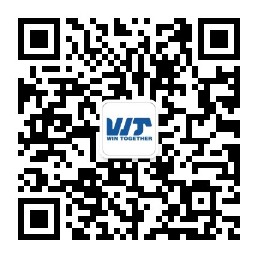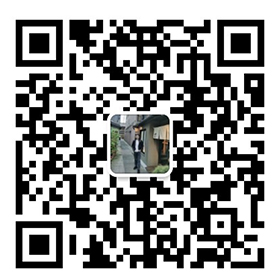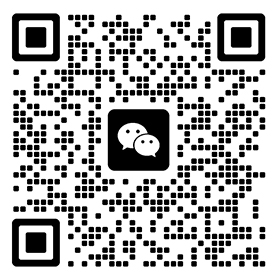USB data line is the current mainstream, the advantage is convenient and fast, supports all types of equipment; the disadvantage is that the price with IC is slightly higher, and some other data lines do not support the brush machine function. There is also a USB high-speed cable, which is several times faster than a normal USB cable. The speed of USB file transfer is not only based on the speed of the USB cable, but also the speed of your computer's hard disk and memory as well as the mobile storage device. And hot-swappable.
USB cable features:
(1) The tensile strength is larger than that of general PVC wires: the tensile strength of general PVC wires is greater than 1.05Kgf/mm2, and the tensile strength of low-smoke halogen-free wires is greater than 1.2Kgf/mm2;
(2) Good weather resistance (-30°C~105°C);
(3) Good softness (hardness 80-90);
(4) Non-removable (because there is no need to add plasticizer in this product formula, it will not have shape shift);
(5) Does not produce toxic black smoke when burning (it will produce a small amount of white smoke);
2. Development trend of low-smoke halogen-free wires:
USB cable benefits:
Absorption of magnetic ring, also known as ferrite ring, referred to as magnetic ring. It is an anti-interference component commonly used in electronic circuits and has a good suppressing effect on high-frequency noise. It is generally made of ferrite material (Mn-Zn). The magnetic ring has different impedance characteristics at different frequencies. Generally, the impedance is very small at low frequencies. When the signal frequency rises, the impedance exhibited by the magnetic ring rises sharply.
As we all know, the higher the signal frequency, the easier it is to radiate (to buy a high-quality computer chassis is also to reduce the electromagnetic leakage), and the general signal line is no shielding, then these signal lines become a good antenna , Receive all kinds of messy high-frequency signals in the surrounding environment, and these signals are superimposed on the originally transmitted signal, and even change the original useful signal. Then, under the action of the magnetic ring, normal and useful signals can be passed well, and the passage of high-frequency interference signals can be well suppressed, and the use of the low cost for the power line is useless, but if the power line is used for AC power It prevents electromagnetic leakage instead of electromagnetic interference. It protects the USB. When the power cable's peripheral electronic components are electromagnetically interfered with. USB cable and USB cable. Origin Classification USB is currently available in two versions. USB1.1 has the highest data transfer rate. 12Mbps, USB2.0 is increased to 480Mbps.
Note: Here b is the meaning of Bit, 1MB/s (megabytes/second) = 8MBPS (megabits/second), 12Mbps = 1.5MB/s. The physical interface between the two is exactly the same, and the difference in data transmission rate is completely determined by the PC's USB host controller and the USB device. USB can provide up to 5V, 500mA of power to the device through the cable. In addition, some USB-related products on the market labeled as USB2.0FullSpeed are actually USB1.1, and USB2.0HighSpeed is the real USB2.0.
1. The difference between Kb and KB: The information in the computer is represented by binary 0s and 1s, where each 0 or 1 is called a bit, which is represented by lowercase b, ie bit (bit); uppercase B is byte, That is, bytes, one byte = eight bits, ie, 1B = 8b; the upper case K is the meaning of thousands, ie, kilobytes (Kb) or kilobytes (KB). Indicates the size unit of the file, generally using bytes (KB) to indicate the size of the file.
2. The difference between Kb and Kbps: The first thing to understand is that ps refers to /s, that is, per second. Kbps refers to the network speed, which is how many thousand bits of information are transmitted per second (K represents thousands, Kb represents how many thousand bits). In order to intuitively appear that the network transmission speed is faster, the general company Use kb (thousands) to indicate that if KBps, how many kilobytes are transmitted per second. 1KBps=8Kbps. ADSL Internet speed is 512Kbps, if converted to bytes, it is 512/8=64KBps (ie 64 kilobytes per second).

Tech Support:Dongguan Website【backstage】
 E-mail:13631512871@163.com/Jerry Huadi@asia-wt.com/Adi Wu
E-mail:13631512871@163.com/Jerry Huadi@asia-wt.com/Adi Wu
Add:Room 306, Building 2, No. 122 Qiaojiao Middle Road, Tangxia Town, Dongguan City, Guangdong Province, China
 ScanEnquiry
ScanEnquiry


13631512871@163.com
adi@asia-wt.com
Mobile Client

Scan it
Official Account

Follow it